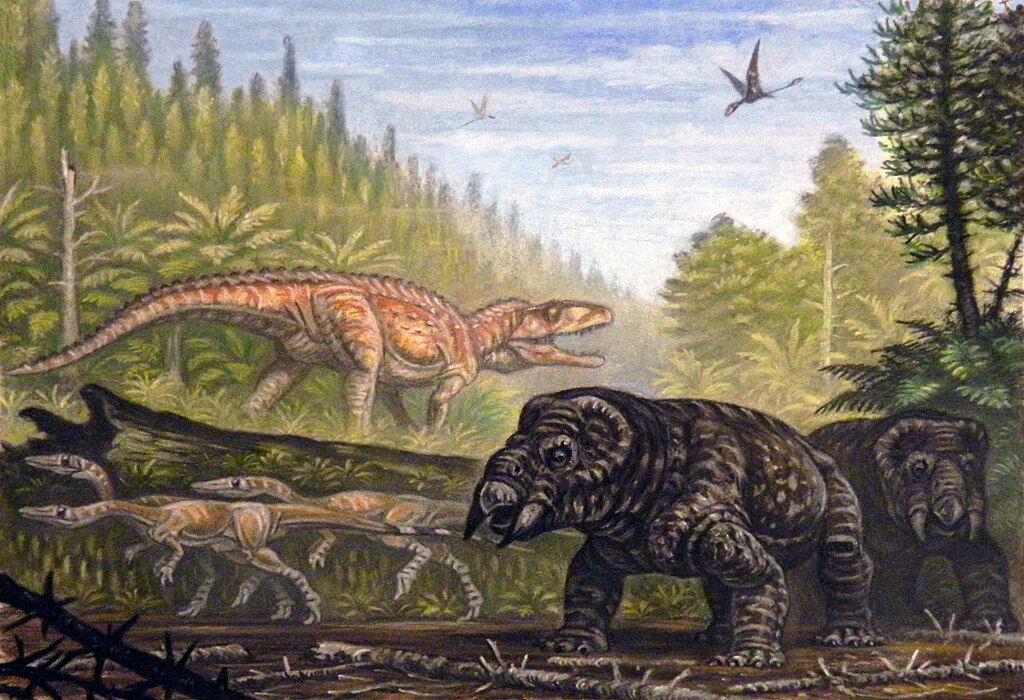Imagine walking along a coastline where every step takes you deeper into Earth’s ancient past. The Jurassic Coast in Dorset and East Devon stretches for 95 miles along England’s southern shore, but this isn’t just any ordinary beach destination. Here, time itself seems frozen in limestone cliffs and sandy shores, holding secrets that date back 185 million years. This UNESCO World Heritage Site represents one of the most significant geological treasures on our planet, where amateur fossil hunters regularly uncover creatures that once ruled prehistoric seas.
The Birth of a Geological Wonder

The Jurassic Coast didn’t earn its name by accident. This remarkable stretch of coastline contains rocks spanning the Triassic, Jurassic, and Cretaceous periods, creating a natural timeline that geologists describe as walking through 185 million years of Earth’s history. The constant battering of waves against these ancient cliffs acts like nature’s own archaeological excavator, continuously revealing new fossils from the rock face.
What makes this location truly exceptional is how the geological layers are perfectly exposed and accessible. Unlike many fossil sites that require deep excavation, the Jurassic Coast presents its treasures at eye level, making it a living laboratory where visitors can touch deep time. The alternating bands of limestone, mudstone, and sandstone tell the story of ancient seas, tropical lagoons, and desert landscapes that once dominated this region.
Charmouth’s Fossil Hunting Goldmine

Charmouth stands as the crown jewel of fossil hunting along the Jurassic Coast. This small village has become legendary among paleontologists and amateur collectors alike, earning the nickname “Britain’s fossil capital.” The beaches here are paved with ammonites, belemnites, and other marine fossils that wash out of the cliffs with every tide.
The beauty of Charmouth lies in its accessibility for fossil hunters of all ages and experience levels. Children often find their first ammonite within minutes of searching, while experienced collectors have discovered significant specimens that have contributed to scientific understanding. The local Heritage Coast Centre provides essential guidance, teaching visitors how to identify different fossils and hunt safely along the shoreline.
Local fossil guide Brandon Lennon explains that timing is everything at Charmouth. “The best hunting happens after winter storms when the sea has done all the hard work for you,” he notes. “The fossils are just sitting there on the beach, waiting to be discovered.”
The Magnificent Ammonites of Lyme Regis
Lyme Regis holds a special place in paleontological history, largely due to the groundbreaking discoveries made by Mary Anning in the early 19th century. The town’s beaches continue to yield spectacular ammonite fossils, those spiral-shelled creatures that dominated ancient seas for over 300 million years. These extinct cephalopods, related to modern squid and octopus, left behind perfectly preserved shells that now serve as time capsules from the Jurassic period.
The variety of ammonites found here is staggering. From tiny specimens no larger than a coin to massive examples spanning several feet across, these fossils showcase the incredible diversity of ancient marine life. Some specimens retain their original mother-of-pearl luster, creating rainbow-colored displays that seem almost too beautiful to be real.
The geological conditions at Lyme Regis created perfect preservation circumstances. The rapid burial of these creatures in fine sediments prevented decay and allowed for exceptional detail to be maintained. Today, visitors can find ammonites so well-preserved that individual suture patterns and surface textures remain visible after millions of years.
Mary Anning’s Revolutionary Legacy
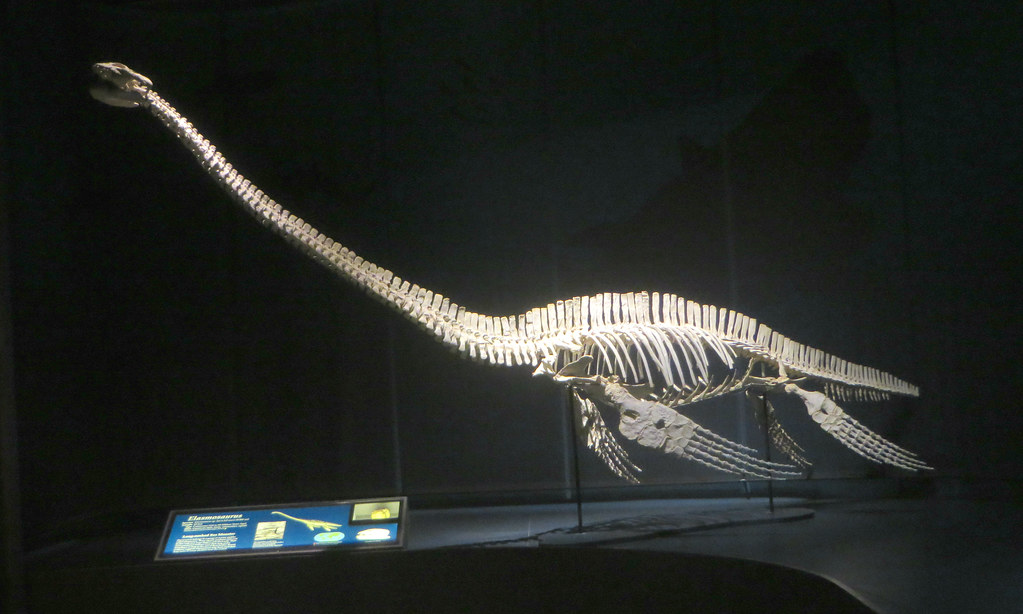
No discussion of the Jurassic Coast would be complete without honoring Mary Anning, the woman who revolutionized our understanding of prehistoric life. Born in Lyme Regis in 1799, Anning began collecting fossils as a child to help support her family financially. Her discoveries would eventually reshape scientific thinking about extinction and the age of Earth.
Anning’s most famous discoveries include the first correctly identified ichthyosaur at age 10, the first British pterosaur, and the first plesiosaur. These marine reptiles, some stretching over 30 feet long, provided crucial evidence for extinction events and ancient ecosystems. Her meticulous documentation and scientific approach earned her respect from leading geologists of her time, despite the social barriers she faced as a working-class woman.
The Lyme Regis Museum now stands as a testament to her contributions, housing many of her original specimens and continuing her legacy of scientific discovery. Visitors can see the very fossils that challenged Victorian understanding of natural history and helped establish paleontology as a legitimate scientific discipline.
The Magnificent Marine Reptiles
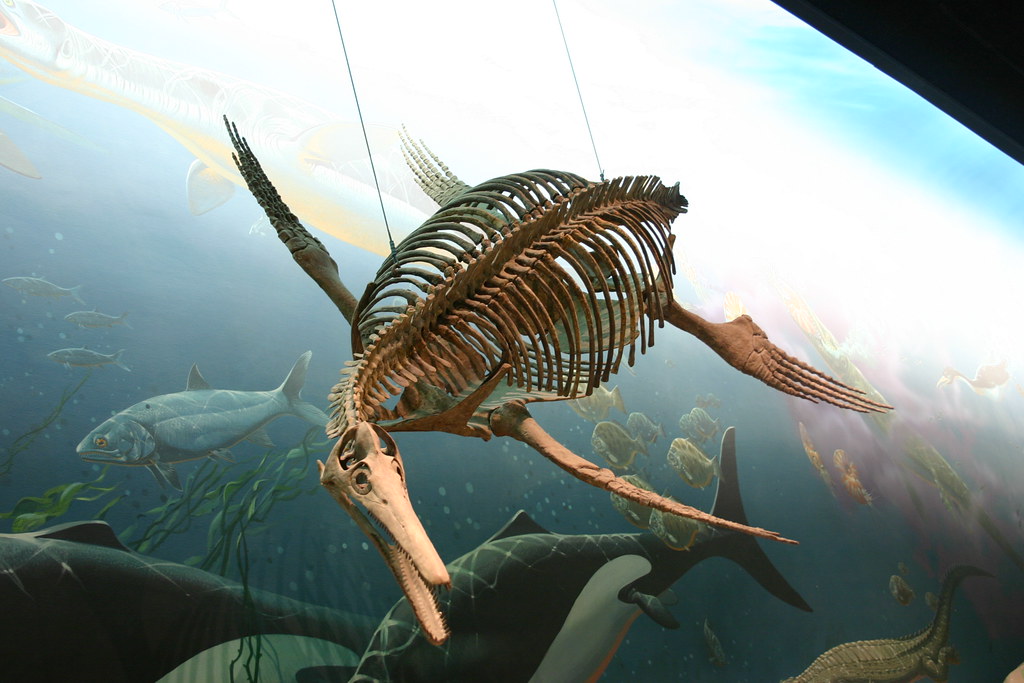
The Jurassic Coast’s most spectacular finds are undoubtedly the marine reptiles that once dominated ancient seas. Ichthyosaurs, often called “fish lizards,” were perfectly adapted ocean predators with dolphin-like bodies and massive eyes designed for hunting in deep water. These creatures ranged from small, agile hunters to massive apex predators reaching lengths of over 20 meters.
Plesiosaurs represent another fascinating group of marine reptiles found along this coastline. With their distinctive long necks and four powerful flippers, these creatures were the sea serpents of their time. The famous “Cryptoclidus” specimens from the area show remarkable preservation, with complete skeletons revealing details about their swimming mechanics and feeding behaviors.
Recent discoveries continue to add to our understanding of these ancient marine ecosystems. In 2021, a massive pliosaur skull was discovered along the Dorset coast, representing one of the most complete specimens of these “sea monsters” ever found. These discoveries remind us that the Jurassic Coast remains an active research site, not just a historical curiosity.
The Spectacular Fossil Forest of Lulworth

Hidden within the dramatic landscape of Lulworth Cove lies one of the Jurassic Coast’s most unusual attractions: a fossilized forest that dates back 140 million years. These ancient tree stumps, now turned to stone, provide a window into the tropical climate that once dominated this region. The forest was buried by a massive soil slip during the Cretaceous period, creating perfect conditions for fossilization.
Walking among these stone trees feels like stepping into a prehistoric world. The stumps, some reaching several feet in height, still show clear growth rings and bark patterns. Paleobotanists have identified these as ancient conifers, similar to modern-day cypress trees, that thrived in the warm, humid conditions of the Cretaceous greenhouse world.
The preservation quality is extraordinary, with some specimens showing cellular structure visible under magnification. This fossil forest represents one of the best examples of in situ plant fossilization in Europe, providing crucial evidence about ancient climates and ecosystems.
Durdle Door’s Geological Drama

The iconic limestone arch of Durdle Door stands as one of the most photographed landmarks along the Jurassic Coast, but its geological significance extends far beyond its Instagram appeal. This natural arch formed through millions of years of erosion, where softer rock layers were gradually worn away, leaving the harder limestone to create this spectacular formation.
The rock layers visible at Durdle Door tell the story of ancient tropical seas and coral reefs. The limestone contains countless marine fossils, including corals, brachiopods, and crinoids that lived in warm, shallow seas during the Jurassic period. Geologists can read these rock layers like pages in a book, revealing information about sea level changes, climate variations, and evolutionary developments.
The ongoing erosion process means that Durdle Door continues to evolve, with new fossils regularly exposed as the cliff face retreats. This dynamic process ensures that the geological story of this area remains an active, ongoing narrative rather than a static historical record.
The Incredible Belemnites Collection

Often overshadowed by more dramatic fossils, belemnites represent one of the most abundant and important fossil groups found along the Jurassic Coast. These extinct cephalopods, related to modern squid, left behind bullet-shaped internal shells that are incredibly common in certain rock layers. What makes belemnites particularly valuable to scientists is their rapid evolution and wide distribution, making them excellent tools for dating rock layers.
The preservation of belemnites along the Jurassic Coast is exceptional, with many specimens retaining their original calcite composition and crystal structure. Some examples even preserve soft tissue impressions, including tentacle marks and ink sacs, providing rare insights into the biology of these ancient creatures.
Local collectors often find belemnites by the dozens, creating impressive collections that showcase the diversity of species present in Jurassic seas. These fossils serve as a perfect introduction to paleontology for young collectors, being both common and easily recognizable while still holding significant scientific value.
Chesil Beach’s Hidden Treasures

Chesil Beach, a remarkable 18-mile stretch of pebbles, represents one of the most unique geological features along the Jurassic Coast. This massive pebble ridge, formed by centuries of longshore drift, contains not only beautiful rounded stones but also occasional fossil treasures washed from offshore deposits. The beach’s distinctive grading, with smaller pebbles at one end and larger ones at the other, creates a natural sorting system that sometimes concentrates fossils in specific areas.
The pebbles themselves tell geological stories, having been transported from various locations along the coast. Among the rounded flint and limestone, sharp-eyed collectors can find fossil fragments, particularly pieces of ammonites and belemnites that have survived the tumbling action of waves and tides.
The lagoon behind Chesil Beach, known as the Fleet, has also yielded important fossil discoveries. Recent excavations have uncovered complete marine reptile skeletons and rare plant fossils, adding to our understanding of Jurassic coastal environments.
The Role of Coastal Erosion in Fossil Discovery

The Jurassic Coast’s reputation as a fossil paradise relies heavily on the ongoing process of coastal erosion. This natural phenomenon, while sometimes concerning for property owners, acts as nature’s excavation service, continuously exposing new fossils from the cliff face. The combination of wave action, freeze-thaw cycles, and rainfall gradually breaks down the rock layers, releasing their fossilized contents onto the beaches below.
This constant erosion means that the fossil hunting experience is never static. Storms and high tides can completely transform a beach overnight, exposing fresh material and burying previous finds. Regular visitors often speak of the excitement of returning to a familiar location to discover completely new fossil opportunities.
The erosion process also creates urgency for fossil collection. Important specimens that fall from the cliffs may only be visible for a short time before being broken up by wave action or buried by shifting sediments. This dynamic environment keeps both amateur and professional collectors engaged, knowing that each visit might yield discoveries that have been hidden for millions of years.
Conservation Challenges and Responsibilities
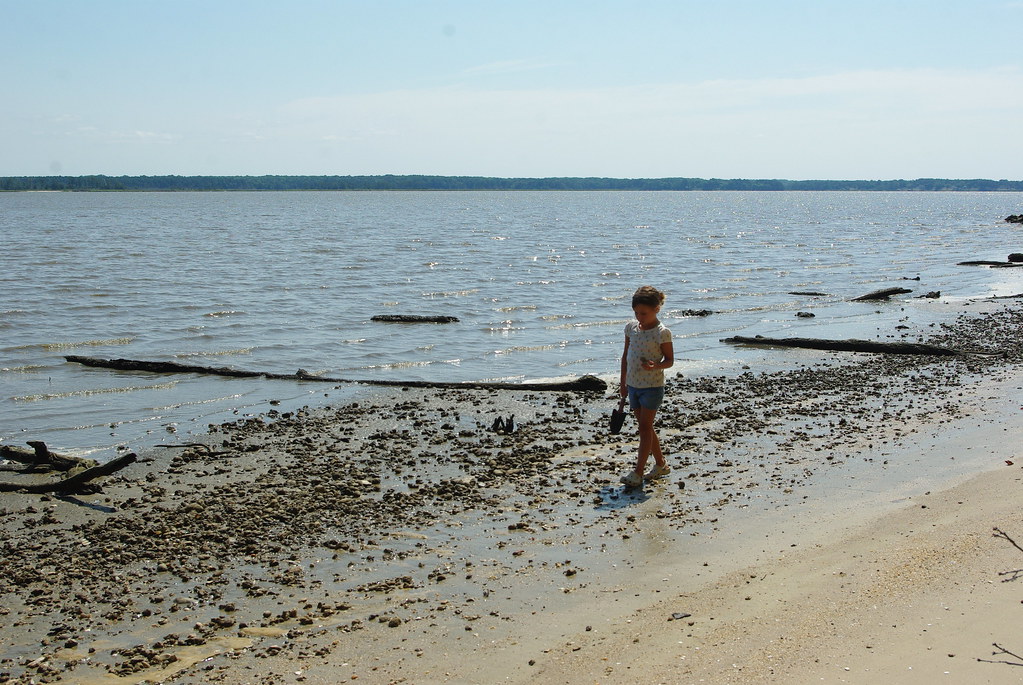
The popularity of the Jurassic Coast as a fossil-hunting destination has created both opportunities and challenges for conservation. While public interest in fossils helps fund research and education, the pressure of thousands of visitors searching for specimens can impact the geological and ecological integrity of the area. The balance between access and preservation requires careful management and responsible collecting practices.
The Jurassic Coast Trust works tirelessly to educate visitors about sustainable fossil hunting. Their guidelines emphasize taking only what you need, avoiding damage to cliff faces, and reporting significant finds to local museums. These practices ensure that future generations can continue to enjoy and learn from this remarkable geological heritage.
Climate change adds another layer of complexity to conservation efforts. Rising sea levels and increased storm intensity may accelerate erosion beyond natural rates, potentially threatening important fossil sites before they can be properly studied. Scientists race to document and preserve the most significant specimens while they remain accessible.
The Future of Fossil Discovery
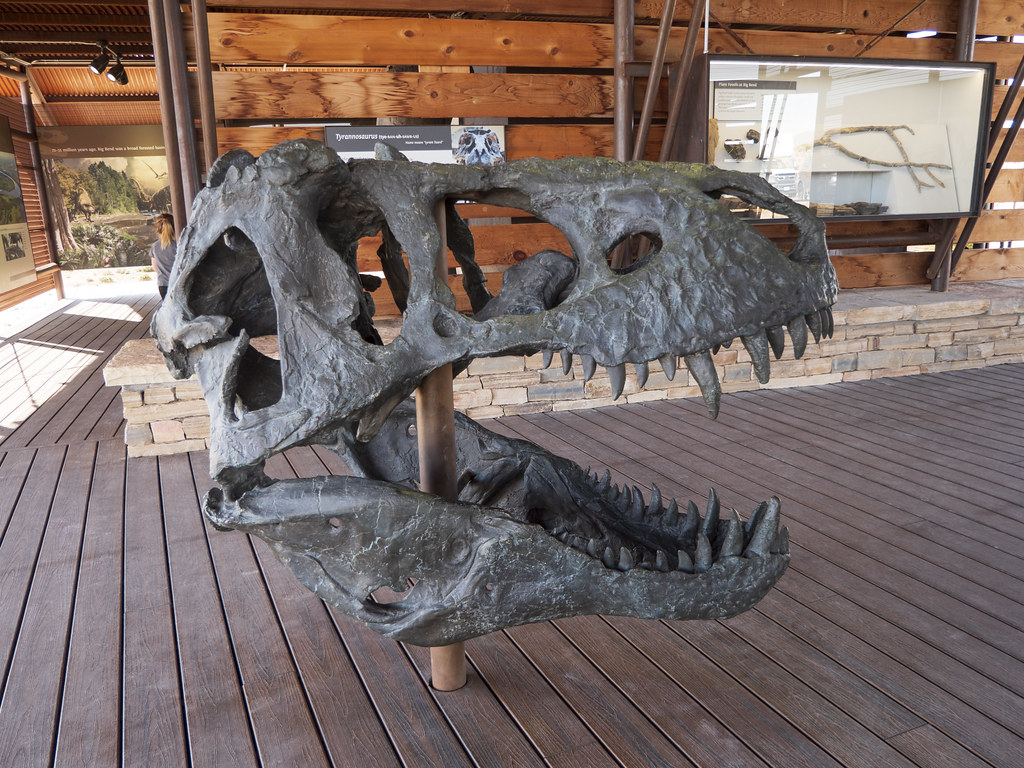
The Jurassic Coast continues to yield discoveries that reshape our understanding of ancient life. Recent technological advances, including CT scanning and 3D imaging, allow scientists to study fossils in unprecedented detail without damaging the specimens. These tools reveal internal structures, growth patterns, and even fossilized soft tissues that were previously impossible to examine.
Citizen science plays an increasingly important role in fossil discovery along the coast. Amateur collectors, equipped with digital cameras and social media, can quickly share their finds with the global paleontological community. This collaboration between professionals and enthusiasts has led to significant discoveries, including new species and rare behavioral evidence.
The establishment of new research partnerships between universities, museums, and local communities ensures that the scientific value of the Jurassic Coast continues to grow. These collaborations combine traditional fieldwork with cutting-edge analytical techniques, creating a more complete picture of ancient ecosystems and evolutionary processes.
Conclusion
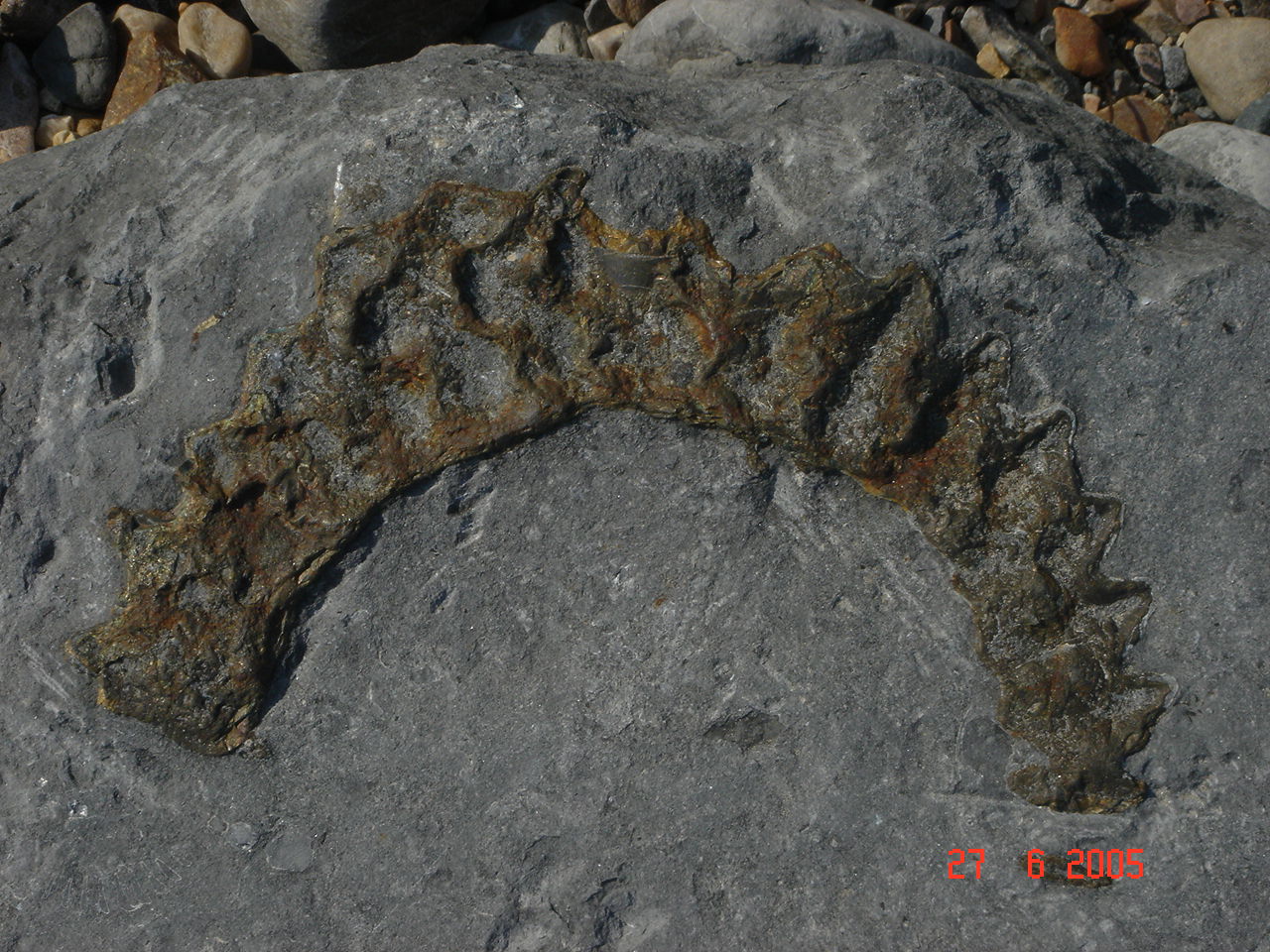
The Jurassic Coast stands as a testament to the power of deep time and natural processes. This remarkable stretch of English coastline offers visitors a unique opportunity to connect with Earth’s ancient past while contributing to ongoing scientific discovery. From Mary Anning’s revolutionary finds to modern discoveries that continue to reshape our understanding of prehistoric life, the coast remains a living laboratory where the past and present intersect.
The fossils embedded in these cliffs represent more than just ancient curiosities; they are the physical evidence of life’s incredible journey through time. Each ammonite, each marine reptile, and each fossilized tree tells a story of adaptation, evolution, and survival that resonates with our place in the natural world.
What will the next tide reveal from these ancient shores?



